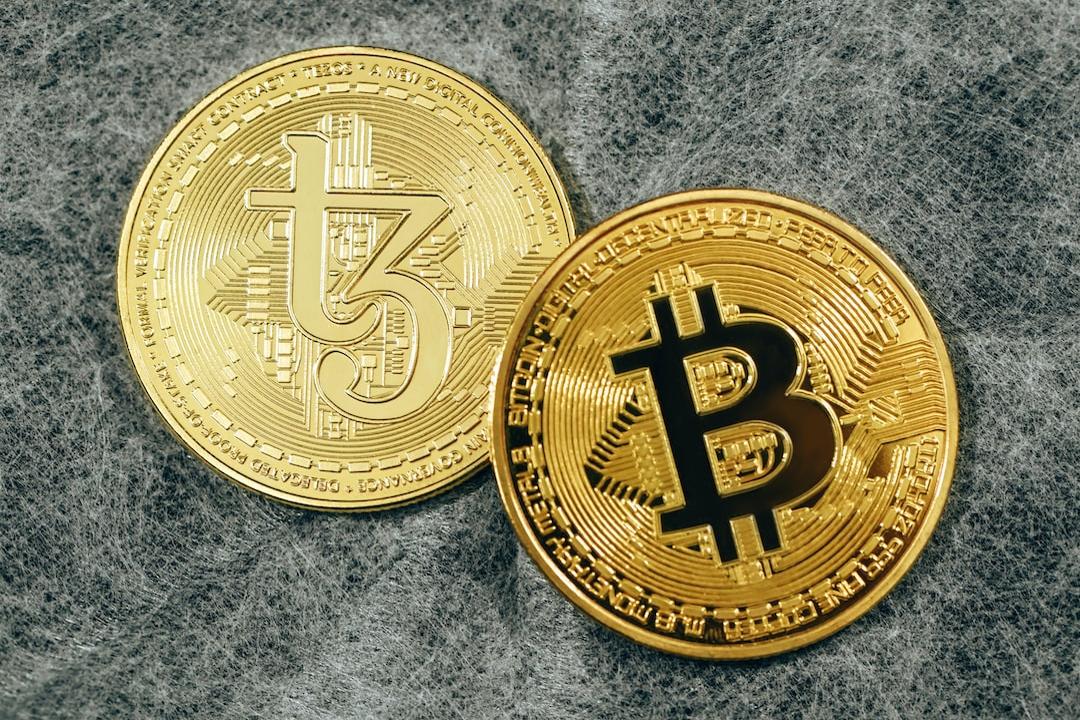For years, crypto has promised a more open and efficient financial system.
A fundamental inefficiency remains: the disconnect between US capital markets and Asia’s liquidity hubs.
The United States dominates capital formation, and its recent embrace of tokenized treasuries and real-world assets signals a significant step toward blockchain-based finance. Meanwhile, Asia has historically been a global crypto trading and liquidity hub despite evolving regulatory shifts. These two economies operate, however, in silos, limiting how capital can move seamlessly into digital assets.
This isn’t just an inconvenience — it’s a structural weakness preventing crypto from becoming a true institutional asset class. Solving it will cause a new era of structured liquidity, making digital assets more efficient and attractive to institutional investors.
The capital bottleneck holding crypto back
Inefficiency between US capital markets and Asian crypto hubs stems from regulatory fragmentation and a lack of institutional-grade financial instruments.
US firms hesitate to bring tokenized treasuries onchain because of evolving regulations and compliance burdens. Meanwhile, Asian trading platforms operate in a different regulatory paradigm, with fewer barriers to trading but limited access to US-based capital. Without a unified framework, cross-border capital flow remains inefficient.
Stablecoins bridge traditional finance and crypto by providing a blockchain-based alternative to fiat. They are not enough. Markets require more than just fiat equivalents. To function efficiently, they need yield-bearing, institutionally trusted assets like US Treasurys and bonds. Without these, institutional capital remains largely absent from crypto markets.
Crypto needs a universal collateral standard
Crypto must evolve beyond simple tokenized dollars and develop structured, yield-bearing instruments that institutions can trust. Crypto needs a global collateral standard that links traditional finance with digital assets. This standard must meet three core criteria.
First, it must offer stability. Institutions will not allocate meaningful capital to an asset class that lacks a robust foundation. Therefore, collateral must be backed by real-world financial instruments that provide consistent yield and security.
Second, it must be widely adopted. Just as Tether’s USDt (USDT) and USDC (USDC) became de facto standards for fiat-backed stablecoins, widely accepted yield-bearing assets are necessary for institutional liquidity. Market fragmentation will persist without standardization, limiting crypto’s ability to integrate with broader financial systems.
Third, it must be DeFi-native. These assets must be composable and interoperable across blockchains and exchanges, allowing capital to move freely. Digital assets will remain locked in separate liquidity pools without onchain integration, preventing efficient market growth.
Without this infrastructure, crypto will continue to operate as a fragmented financial system. To ensure that both US and Asian investors can access tokenized financial instruments under the same security and governance standard, institutions require a seamless, compliant pathway for capital deployment.
Establishing a structured framework that aligns crypto liquidity with institutional financial principles will determine whether digital assets can truly scale beyond their current limitations.
The rise of institutional-grade crypto liquidity
A new generation of financial products is beginning to solve this issue. Tokenized treasuries, like BUIDL and USYC, function as stable-value, yield-generating assets, offering investors an onchain version of traditional fixed-income products. These instruments provide an alternative to traditional stablecoins, enabling a more capital-efficient system that mimics traditional money markets.
Asian exchanges are beginning to incorporate these tokens, providing users access to yields from US capital markets. Beyond mere access, however, a more significant opportunity lies in packaging crypto exposure alongside tokenized US capital market assets in a way that meets institutional standards while remaining accessible in Asia. This will allow for a more robust, compliant and scalable system that connects traditional and digital finance.
Bitcoin is also evolving beyond its role as a passive store of value. Bitcoin-backed financial instruments enable Bitcoin (BTC) to be restaked as collateral, unlocking liquidity while generating rewards. For Bitcoin to function effectively within institutional markets, however, it must be integrated into a structured financial system that aligns with regulatory standards, making it accessible and compliant for investors across regions.
Centralized decentralized finance (DeFi), or “CeDeFi,” is the hybrid model that integrates centralized liquidity with DeFi’s transparency and composability, and is another key piece of this transition. For this to be widely adopted by institutional players, it must offer standardized risk management, clear regulatory compliance and deep integration with traditional financial markets. Ensuring that CeDeFi-based instruments — e.g., tokenized treasuries, BTC restaking or structured lending — operate within recognized institutional frameworks will be critical for unlocking large-scale liquidity.
The key shift is not just about tokenizing assets. It’s about creating a system where digital assets can serve as effective financial instruments that institutions recognize and trust.
Why this matters now
The next phase of crypto’s evolution depends on its ability to attract institutional capital. The industry is at a turning point: Unless crypto establishes a foundation for seamless capital movement between traditional markets and digital assets, it will struggle to gain long-term institutional adoption.
Bridging US capital with Asian liquidity is not just an opportunity — it is a necessity. The winners in this next phase of digital asset growth will be the projects that solve the fundamental flaws in liquidity and collateral efficiency, laying the groundwork for a truly global, interoperable financial system.
Crypto was designed to be borderless. Now, it’s time to make its liquidity borderless, too.
This article is for general information purposes and is not intended to be and should not be taken as legal or investment advice. The views, thoughts, and opinions expressed here are the author’s alone and do not necessarily reflect or represent the views and opinions of Cointelegraph.

